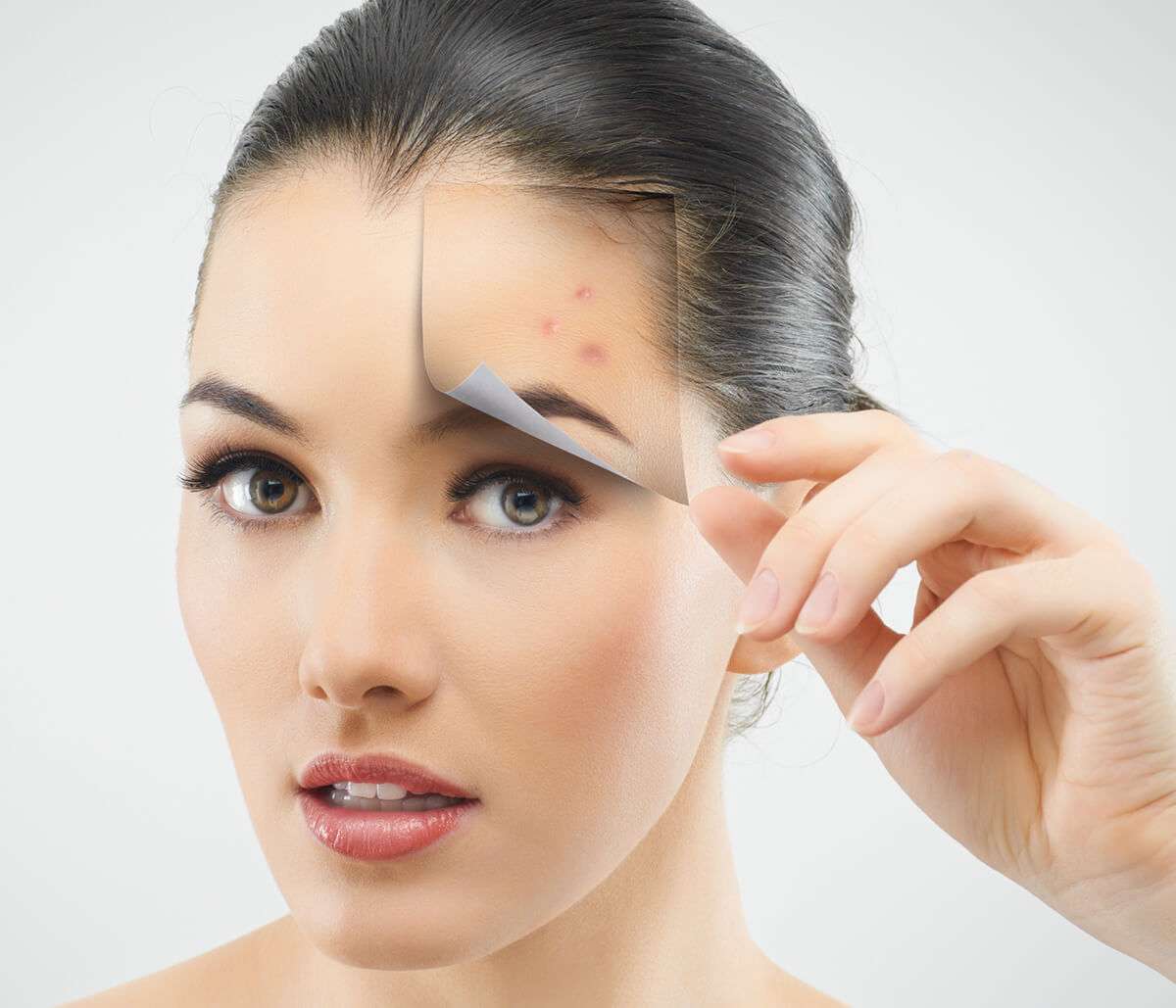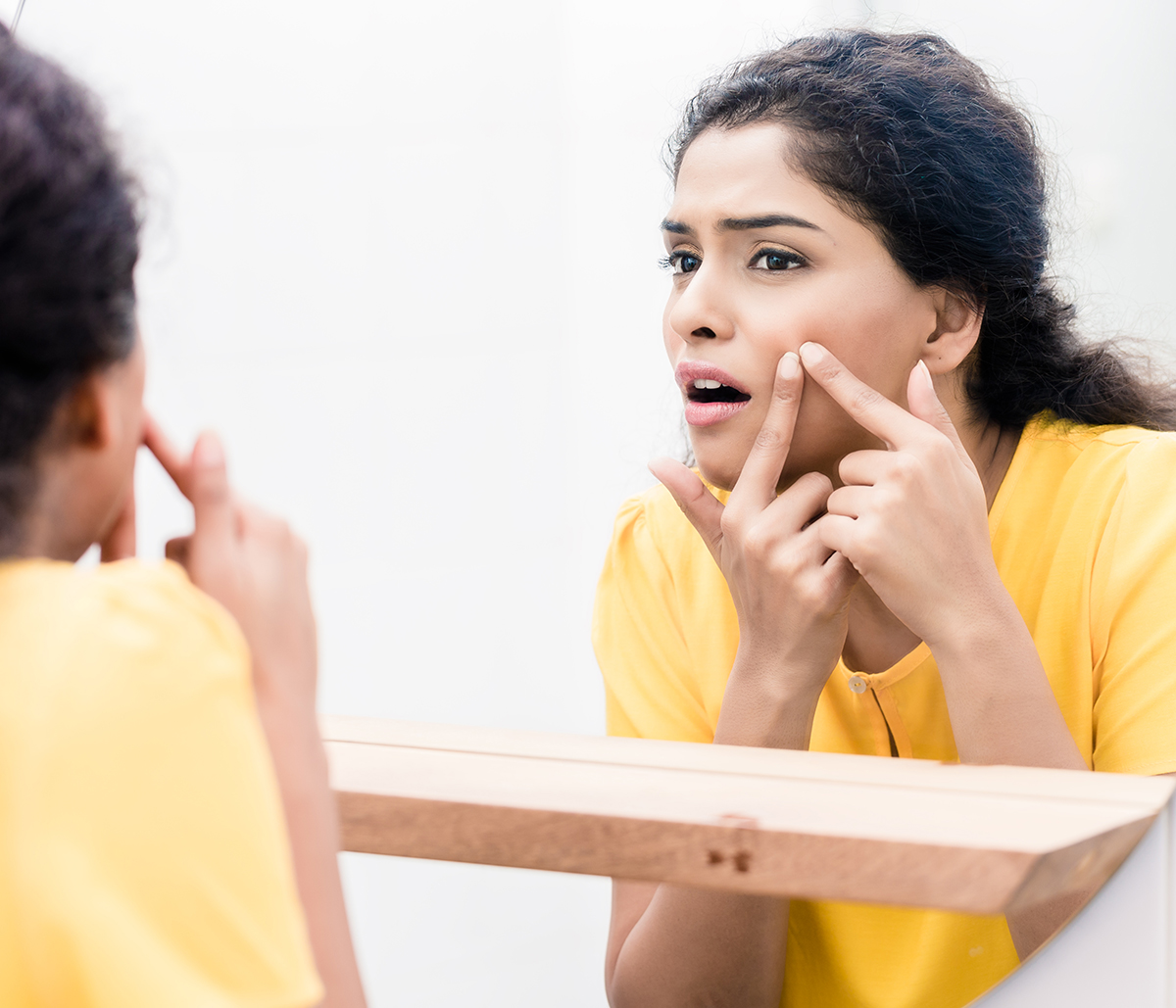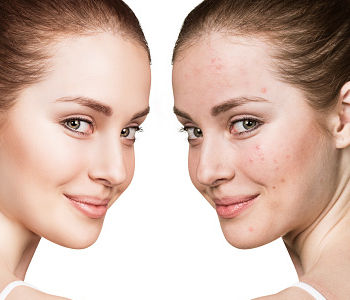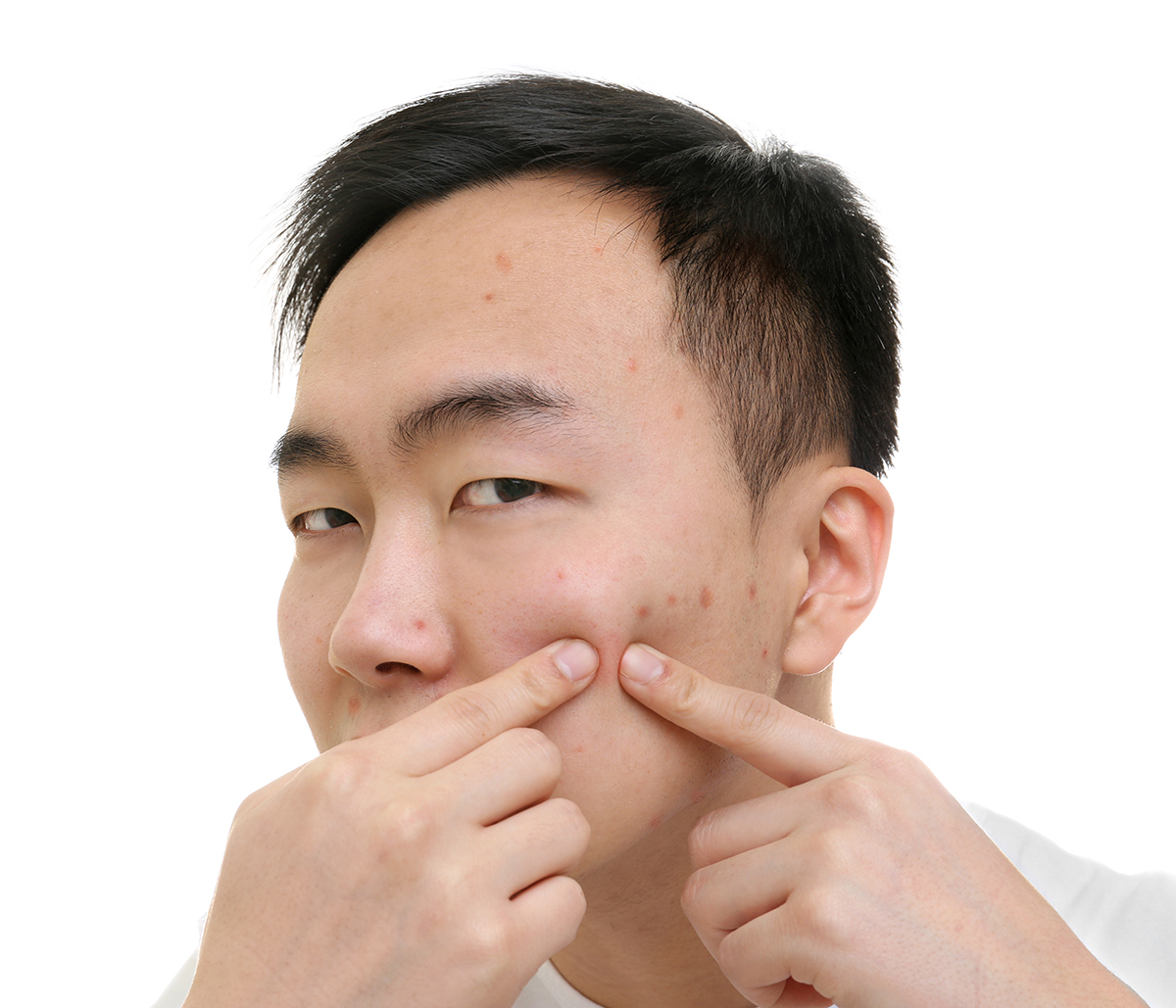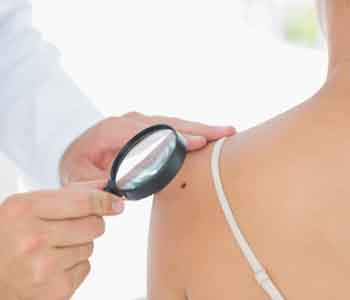Dr. Cheryl Burgess is a board-certified dermatologist, nationally and internationally known as one of the most talented professionals in the field. In addition to anti-aging and cosmetic enhancement treatments, she offers a full range of medical dermatological services.
Acne
This is one of the most common skin conditions in the United States, affecting adults as well as adolescents. It can be embarrassing, uncomfortable and if not treated it can leave permanent scars. A good skin care regimen may be sufficient for controlling mild acne. For more severe cases, medications or laser treatments may be recommended.
Rosacea
This chronic skin disease is often compared to acne. It can cause skin eruptions, redness, swelling, thickening of the skin, dryness and even eye irritation. Individuals with rosacea often tend to flush easily and have a red cast to their complexions. Although it can cause physical discomfort such as itching, many patients find the embarrassment and emotional distress to be the most difficult symptom.
Rosacea is most common in fair-skinned people, but anyone can develop it. To date, there is no known cure, but it can be effectively controlled with techniques such as laser therapy oral medicines, topical treatments or in some cases laser surgery.
These are just a few of the medical conditions that we treat. Board-certified dermatologists such as Dr. Cheryl Burgess are trained to diagnose and treat thousands of skin diseases. If you have any concerns about the health of your skin, please call us at (202) 955-5757 and schedule an appointment today.
Acne scars
Severe acne outbreaks can leave physical scars, prolonging the emotional distress long after the condition has cleared. We have a variety of techniques for treating these scars, including microdermabrasion, dermabrasion, lasers. IPL, dermal fillers, chemical peels, subcision and needling techniques.
Pseudofolliculitis
Ingrown hairs, razor bumps, shaving bumps and hair bumps are all common terms for folliculitis. It occurs when individual hair follicles become inflamed, sometimes forming small pustules. It may cause mild pain or itching and sometimes discoloration. It occurs most often on the scalp, neck and beard area.
Here at the Center for Dermatology and Dermatologic Surgery, we offer several treatment options, such as antibiotic cream and in some cases laser surgery. We recommend using our Black Opal Men’s Shaving System, which offers everything necessary to maintain your skin when shaving.
Eczema
Eczema is a group of inflammatory skin conditions, which cause a chronic, itchy rash. Approximately 15 million Americans are afflicted with eczema, including ten to twenty percent of all infants. The signs of eczema vary from one person to another. The most common symptoms include red, dry, irritated areas of skin and a tendency to breakout with a rash when scratched. Allergies, temperature, irritating fabrics and other factors can trigger eczema outbreaks.
Treatment is tailored to meet the individual needs of each patient. It may include antihistamines, antibiotics, prescription corticosteroid medication, topical creams, moisturizers or phototherapy. Self-control (refraining from scratching) is an important part of effective treatment.
Skin Cancer
Cancers are lesions with uncontrolled and abnormal skin cell growth. Squamous cell carcinomas (affects cells in the middle layer of the epidermis) and basal cell carcinomas (affects cells in the lowest layer of the epidermis) are the most common forms. Melanoma is less common, but much more dangerous.
Anyone can develop skin cancer, though the highest risk patients are those with fair skin and excessive sun exposure and those using tanning beds or having a family history of melanoma. Early detection is the key to successful treatment, so any suspicious skin lesion or changes in the skin, should be evaluated by a board-certified dermatologist.
Skin Allergies
There are three common types of skin conditions caused or triggered by allergic reactions:
- Eczema is most common in children, but can occur in adults. It is characterized by dry, sensitive skin and itching.
- Contact dermatitis refers to a rash, blisters, swelling or other skin reaction to a contacted substance. Some of the most common triggers include poison ivy, household cleaners, perfumes, dyes and latex. Even sunlight (UV exposure) can trigger a reaction in certain individuals.
- Hives, also known as urticaria, are bumps that may resemble large insect bites with intense itching. They may be localized or cover a large portion of the body.
Moles and birthmarks
Birthmarks, moles and other benign, pigmented lesions can appear in many colors, including black, brown, tan, pink, purple or red. Most are harmless, but some have the potential to become cancerous. If you suspect a spot that may be cancer, see board-certified dermatologist immediately. The warning signs to look for include:
- Over six millimeters in diameter (size of an eraser on a pencil)
- Bleeds or itches
- Changes shape, size or color
- Includes more than one color in the same lesion
- Uneven edges
Additionally, any potentially suspicious spot in a hard to see area, such as the scalp, should be monitored by a professional.
Psoriasis
This is a group of inflammatory skin conditions, which can cause itching, burning, crusting and scaling of the skin. It is a common condition, affecting about seven million Americans. It appears most often on the knees, elbows, hands, feet, scalp and genitals.
Cyst
Cysts develop when hair follicles become clogged, resulting in a fluid-filled pocket in the deeper layers of the skin. In most cases, they are harmless bumps, although they can be painful and unsightly. However, any skin growth should be evaluated by a board-certified dermatologist to ensure that it is not cancerous. Infected cysts may need to be treated with antibiotics. Large, painful cysts are sometimes surgically removed.
Vitiligo
This skin condition causes white patches (lack of skin pigment) and it can affect any part of the body. The exact cause is not fully understood, though there are many theories. About one out of five people affected also have a family member with a similar condition.
It is important for individuals with vitiligo to avoid UV exposure and diligently use sunscreen. Affected skin is more sensitive to damage from UV rays than normally pigmented skin is. There are several effective treatment options, including PUVA (a type of light therapy), topical steroids, depigmentation therapy or skin grafting.
Hyperhidrosis
Excessive sweating is severely disruptive to the activities and daily lives of many patients. It can occur on various areas of the body. For example, you may have to change clothes frequently due to underarm sweating or avoid handshakes due to sweaty palms. Heavy perspiration in noticeable areas such as the scalp can make you appear nervous.
Hyperhidrosis can be relieved with Botox® (not the cosmetic formula) injections, which last from six to twelve months. This procedure has been life changing for many patients, ending the embarrassment, discomfort and inconvenience of excessive sweating.



